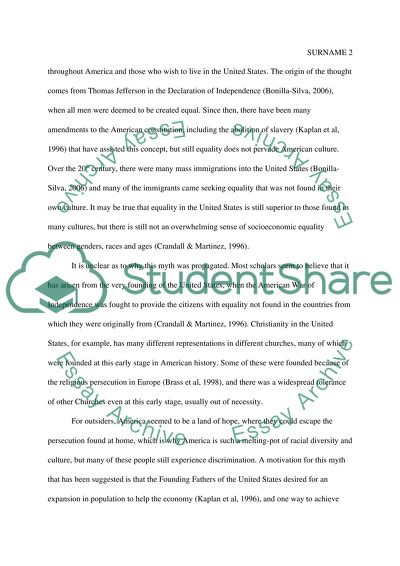Cite this document
(“Historical Societal Myths: American Dream Research Paper”, n.d.)
Historical Societal Myths: American Dream Research Paper. Retrieved from https://studentshare.org/history/1436200-historical-societal-myths
Historical Societal Myths: American Dream Research Paper. Retrieved from https://studentshare.org/history/1436200-historical-societal-myths
(Historical Societal Myths: American Dream Research Paper)
Historical Societal Myths: American Dream Research Paper. https://studentshare.org/history/1436200-historical-societal-myths.
Historical Societal Myths: American Dream Research Paper. https://studentshare.org/history/1436200-historical-societal-myths.
“Historical Societal Myths: American Dream Research Paper”, n.d. https://studentshare.org/history/1436200-historical-societal-myths.


